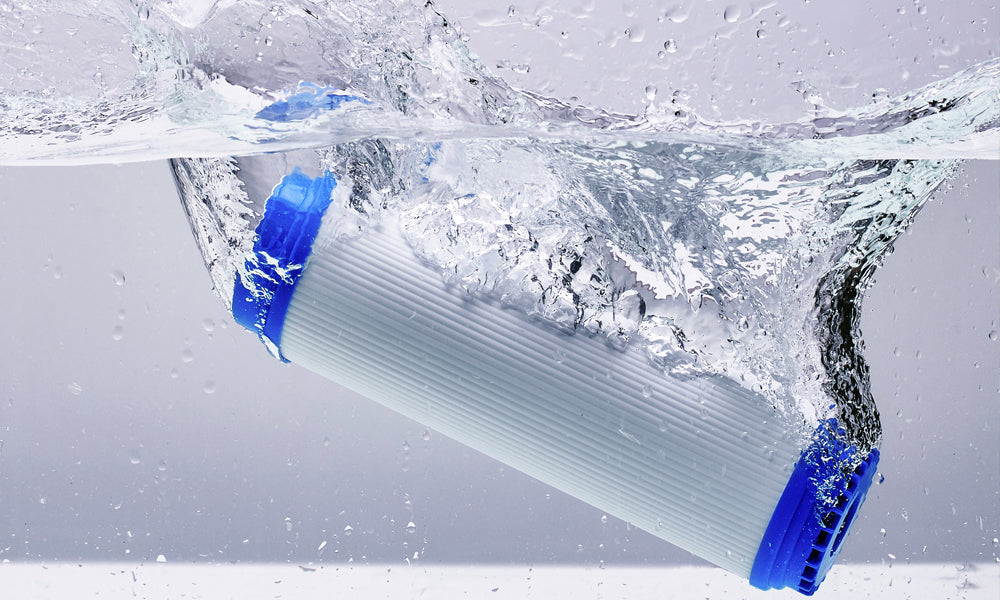Usually coming in at the unassuming dimensions of 16 inches wide, 20 inches high, and 1 inch deep, the humble furnace filter is nevertheless an integral piece of your household’s HVAC system. A matrix of fiberglass or polyester allows air to pass through while trapping household and outdoor particles that trigger allergies or cause unpleasant odors. But what are these particles exactly? We may not have a microscope handy, but let’s take a closer look at what particles a furnace filter catches.
Dust and Dust Mites
This is the big one, figuratively and literally—it’s most important that any furnace filter captures dust and, as some of the largest particles, even filters with lower MERV ratings should be able to trap this. The chemistry of dust has far more breadth than you might first think. It’s not only an aggregate of human detritus like skin and hair, but also dirt, lint, insect remains, and chemical remnants of personal care products such as soap, deodorant, and shampoo. Topping it off is the dust mite, which feeds upon our dead skin and causes the dust allergies that bedevil so many of us. Keeping this dust from circulating is job #1 of your filter.
Mold and Mildew
Microscopic and ubiquitous mold spores commonly trigger pesky sinus infections. Even without the dark and moist environments that mold spores need to thrive, their spores can still enter the home from outside and cause problems. Your furnace filter can capture these particles and reduce the incidence of allergic reactions. Don’t forget to run your bathroom fan to reduce mildew, too.
Pet Dander
If you have a cat or dog, they’re going to shed—a lot. However, it’s not so much the hair itself that poses a problem for people as it is the dander, the microscopic bits of skin that animals shed alongside their fur. In fact, it’s not just cats and dogs that produce dander; birds, ferrets, and other popular pets can as well. If it has fur or feathers, you need a filter.
Particles for Advanced Filters
Exactly what particles a furnace filter catches depends on its MERV rating—the higher the rating, the more it can trap. As you progress beyond the MERV 12 rating, furnace filters can trap even more and even smaller particles. Most notable among these are bacteria, smoke, and aerosolized oils. Hospitals and kitchens often use these advanced filtration systems to satisfy higher demands than a residential environment. However, if you have a person in your household who is highly sensitive to allergens, custom furnace filters that go all the way up to MERV 13 may be the right fit for your furnace and family.
Replacing Filters as They Fill
As your filter captures all these particles over time, eventually, it can capture no more. This leads to inefficient airflow and a lack of filter function. In order to keep your furnace at peak performance and your household air quality at its highest, remember to replace your filter regularly.





























